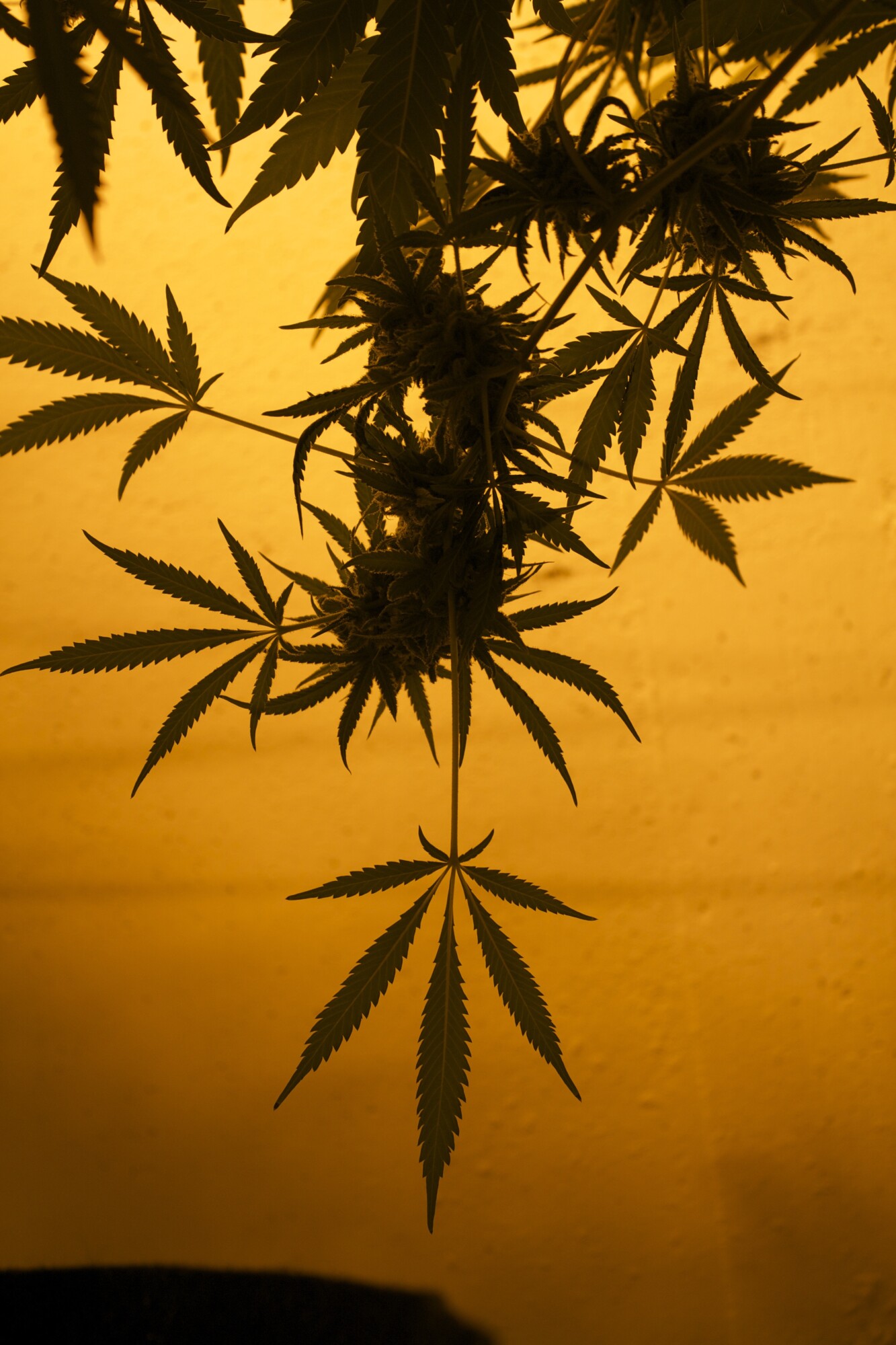
There are more than 100 active chemical compounds that have been identified in the cannabis plant. These chemical compounds are known as cannabinoids, the two most prevalent of which are THC and CBD.
However, with the passage of the 2018 Farm Bill making the cultivation and sale of industrial hemp federally legal in the US, people have been delving beyond these two main cannabinoids to learn more about other potentially beneficial compounds in cannabis.
One of these is cannabinol, which is commonly referred to as CBN.
What is CBN, and what does it do? Let’s take a look at everything you need to know.
What Is CBN?
While THC and CBD might be the most well-known cannabinoids, CBN was actually the first naturally occurring cannabinoid to be isolated. All the way back in 1896, British scientists isolated CBN from hemp resin.
It was initially believed that the high associated with cannabis came from CBN. However, it was eventually discovered that tetrahydrocannabinol (THC) is responsible for the mind-altering effects of marijuana.
Interestingly, the cannabis plant doesn’t actually produce CBN but instead produces the compounds that eventually break down into CBN over time. Basically, fresh hemp will contain very little CBN, but if you allow the plant material to age the amount of CBN will increase.
More specifically, CBN is actually a product of THC that arrived through oxidization. When exposed to heat and light, THC will slowly turn into CBN.
If you leave cannabis extracts or cannabis buds in the light or unrefrigerated then they will have higher levels of CBN. It is environmental factors that impact the levels of CBN in cannabis and these levels cannot be controlled by genetic factors. At this point, you cannot find high CBN strains on the market.
Are you interested in trying out CBN? Take a look at this bulk CBN isolate.
CBN Vs. CBD: What’s the Difference?
Though their names are similar, cannabinol (CBN) and cannabidiol (CBD), are two fundamentally different molecules that have completely separate origins.
The second most abundant chemical compound in cannabis is CBD. Manufacturers and growers can specifically breed strains of cannabis in order for them to have higher amounts of CBD.
On the other hand, CBN exists as a result of the plant’s processes. As mentioned before, at this time there is no particular way to produce a high CBN strain of marijuana. The amount of CBN in cannabis will depend on a number of factors, including exposure to light, time, and heat and the levels of THC in the flowers.
There are some similarities between CBD and CBN, though. Neither one of these cannabinoids is likely to produce a high in the same way that THC well. However, in combination with THC, both of these compounds can affect the experience of a high.
Additionally, both CBD and CBN interact with the endocannabinoid system of the body.
CBN seems to bind to CB1 receptors but not nearly with as much strength as THC does. Because of this binding action, CBN is technically considered a psychoactive compound. Particularly sensitive people might notice some intoxicating effects if they ingest CBN.
At this time, researchers aren’t entirely sure how CBD interacts with the endocannabinoid system, but they are fairly certain they don’t bind with the same receptors as THC and CBN. Many believe that CBD actually prevents endocannabinoids from being broken down, which makes it possible for them to have more of an effect on the human body.
What Does CBN Do?
On its own, CBN doesn’t produce any intoxicating effects. However, there has not been a lot of research on this cannabinoid that uses human subjects. For that reason, it’s important to understand that the way that CBN affects individuals is far from entirely understood.
The way that THC produces its effects is by interacting with what are known as cannabinoid receptors in the endocannabinoid system of the human body. By binding with CB1 receptors, THC activates the receptors and produces its famous high.
CBN also binds with CB1 receptors. However, it does so at only about one-tenth of the strength of THC.
What Are the Potential Benefits of Cannabinol?
There are a number of potential benefits to using CBN. While some people might find it mildly psychoactive, it is not nearly as strong as THC and will not produce a similar high.
One of the main reasons that people use CBN is in order to help them sleep. There is only one study that showed that CBN can help people sleep, and the study only had five participants and is from 1975.
People also use CBN for pain relief. Researchers participating in a batch study and 2019 concluded that CBD and CBN could both relieve pain from fibromyalgia and have temporomandibular disorders.
Some people also believe that CBN might have some neuroprotective potential. This is due to one wrap study that was done in 2005 that suggested that CBN could delay the onset of ALS. At this time, it isn’t clear whether or not CBN could have the same impact on people.
Lastly, there is also some evidence that CBN might reduce arthritic inflammation. This was suggested by another rat study, however, human research will need to be done in order to understand the potential benefits of this cannabinoid for this purpose.
Cannabinol: A Potentially Beneficial Cannabinoid
CBN is a fascinating cannabinoid that will hopefully be further researched in the future. At this point, only a little bit is known about the potential benefits of CBN and the effects it has on humans. Hopefully, with more optimism around the field of medicinal cannabis, we will be able to dive into exactly what purposes this cannabinoid could serve.
Did you find this article about cannabinol interesting? If so, be sure to check out the rest of our blog for more fascinating and informative content!

Leave a Reply